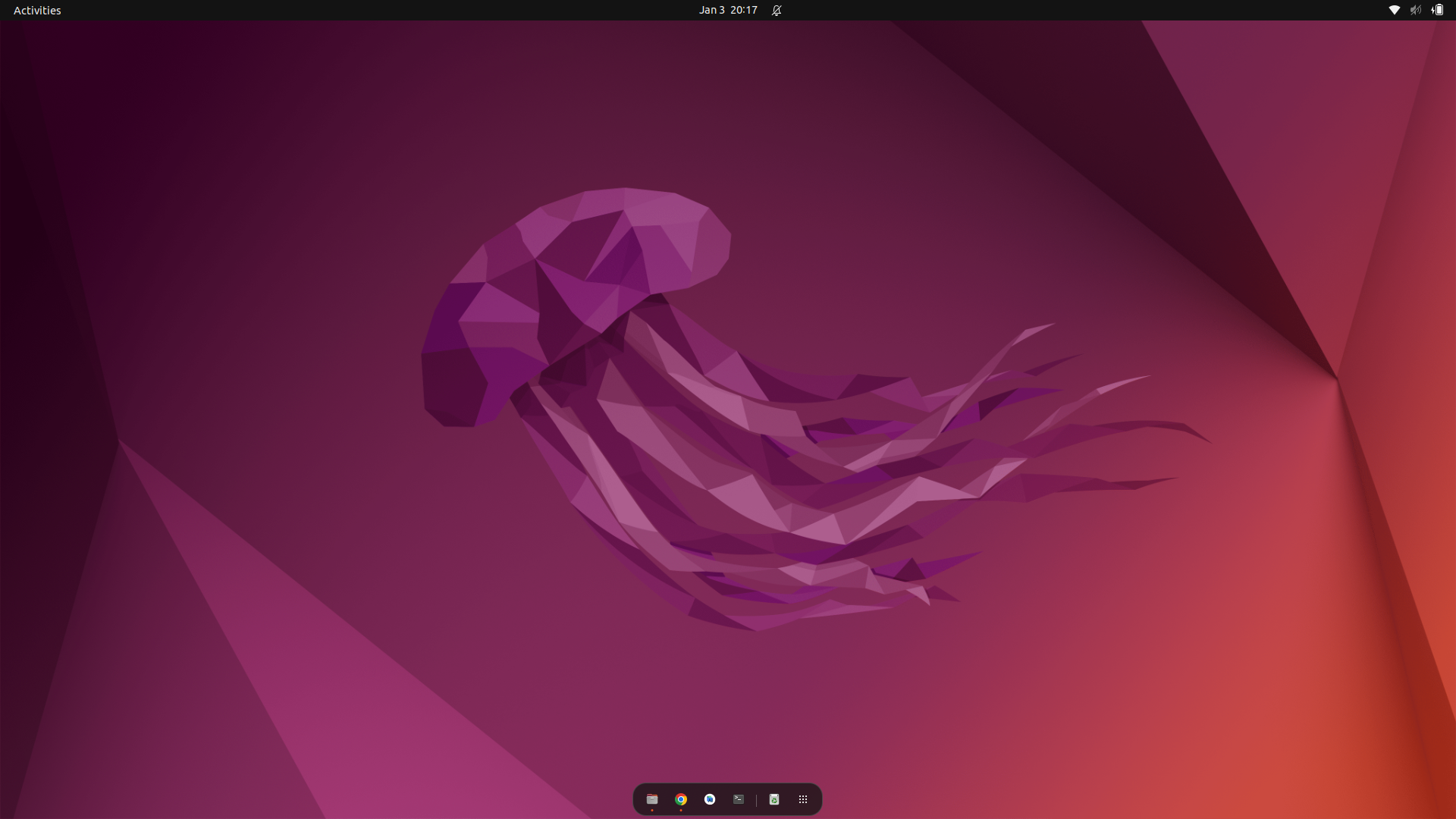How to Customize the Ubuntu Desktop?

The Ubuntu desktop is highly customizable, allowing you to change everything from the wallpaper and icons to the window and panel layout. Here’s how to customize the Ubuntu desktop to suit your preferences:
1. Changing the Wallpaper
To change the desktop wallpaper, right-click on the desktop and select “Change Desktop Background.” From the “Appearance” settings window, you can choose a new wallpaper from the available options or use your own image.
2. Changing the Theme
To change the overall theme of the desktop, including the colors, icons, and cursors, click the “Gear” icon in the top-right corner of the screen and select “System Settings.” From the “Appearance” panel, you can choose a new theme from the available options.
3. Adding and Removing Panel Items
The panels at the top and bottom of the desktop contain various applets, such as the menu bar, the system tray, and the workspace switcher. To add or remove items from the panel, right-click on the panel and select “Add to Panel” or “Remove From Panel,” respectively.
4. Changing the Panel Layout
To change the layout of the panels, right-click on the panel and select “Properties.” From the “Panel Preferences” window, you can adjust the size, position, and behavior of the panel.
5. Changing the Window Behavior
To change the behavior of windows on the desktop, click the “Gear” icon in the top-right corner of the screen and select “System Settings.” From the “Windows” panel, you can adjust the window focus, the window buttons, and other settings.
6. Changing the Desktop Icons
To change the icons used on the desktop, right-click on the desktop and select “Change Desktop Icons.” From the “Desktop Preferences” window, you can choose new icons for the home folder, the trash can, and the mounted drives.
7. Adding Desktop Widgets
Ubuntu allows you to add various widgets to the desktop, such as clocks, calendars, and weather reports. To add a widget to the desktop, right-click on the desktop and select “Add Widget.” From the widget browser, you can choose the widgets you want to add and drag them onto the desktop.
8. Enabling Workspaces
By default, Ubuntu includes a feature called workspaces, which allows you to divide your desktop into separate virtual screens. To enable workspaces, click the “Gear” icon in the top-right corner of the screen and select “System Settings.” From the “Workspaces” panel, you can enable the workspaces feature and customize the number of workspaces you want to use.
9. Changing the Screen Resolution
To change the screen resolution of your display, click the “Gear” icon in the top-right corner of the screen and select “System Settings.” From the “Displays” panel, you can choose a new resolution from the available options.
10. Configuring Keyboard Shortcuts
Ubuntu allows you to customize the keyboard shortcuts used to launch applications and perform various tasks. To configure keyboard shortcuts, click the “Gear” icon in the top-right corner of the screen and select “System Settings.” From the “Keyboard” panel, you can add, modify, and delete keyboard shortcuts as needed.
11. Setting Up Multiple Monitors
If you have multiple monitors connected to your computer, you can configure how they are used on the desktop. To set up multiple monitors, click the “Gear” icon in the top-right corner of the screen and select “System Settings.” From the “Displays” panel, you can choose how the displays are arranged and what is shown on each display.
12. Changing the Login Screen
The login screen is the first thing you see when you start your computer, so you may want to customize it to make it your own. To customize the login screen, click the “Gear” icon in the top-right corner of the screen and select “System Settings.” From the “Brightness & Lock” panel, you can change the background image, the login screen timeout, and other settings.
13. Adding App Launchers to the Dock
The dock at the bottom of the desktop provides quick access to frequently used applications. To add an application launcher to the dock, open the application and then right-click on its icon in the dock, and select “Keep in Dock.”
14. Configuring Power Management Settings
To configure the power management settings for your computer, click the “Gear” icon in the top-right corner of the screen and select “System Settings.” From the “Power” panel, you can choose when to turn off the display, when to put the computer to sleep, and other power-related options.
15. Enabling Accessibility Options
Ubuntu includes a range of accessibility options to help users with disabilities use the desktop more easily. To enable these options, click the “Gear” icon in the top-right corner of the screen and select “System Settings.” From the “Universal Access” panel, you can enable options such as high-contrast themes, screen magnifiers, and on-screen keyboards.
By following these steps, you can easily customize the Ubuntu desktop to suit your needs and preferences. Whether you want a sleek and minimal look or a more colorful and dynamic desktop, Ubuntu provides the tools you need to make it happen.





